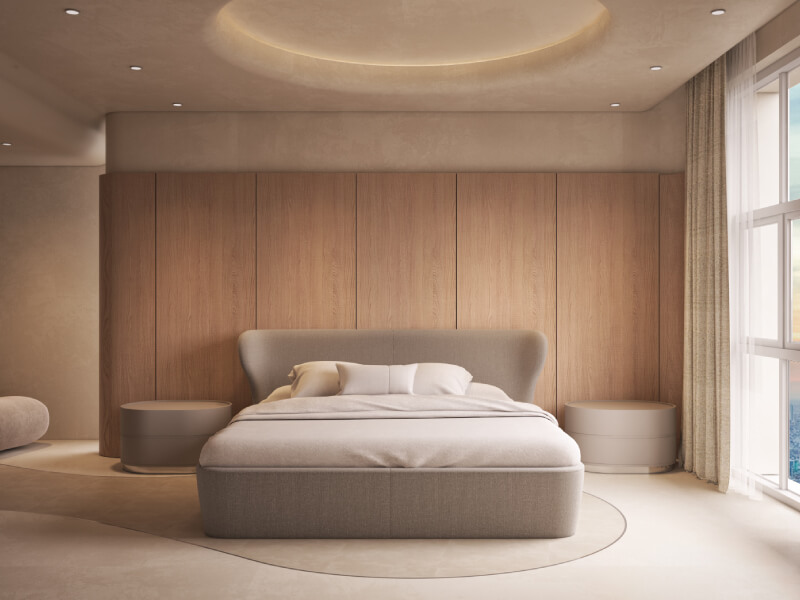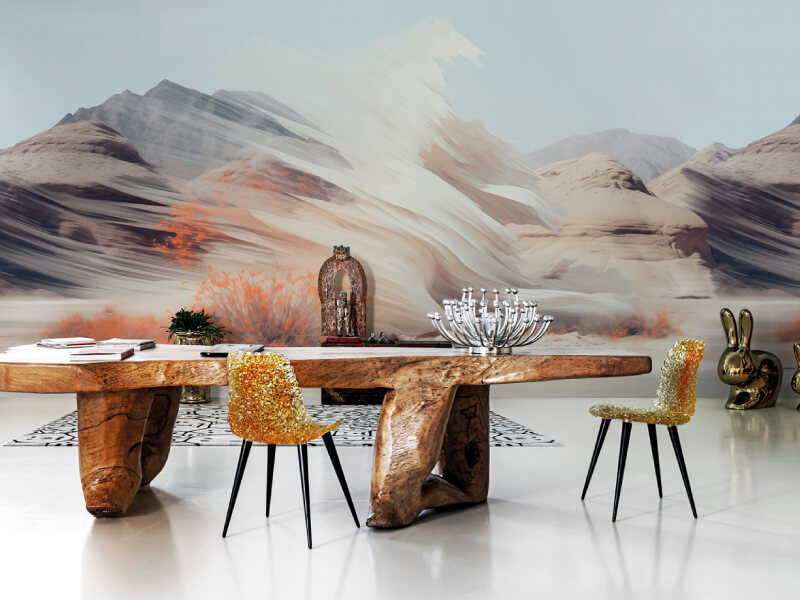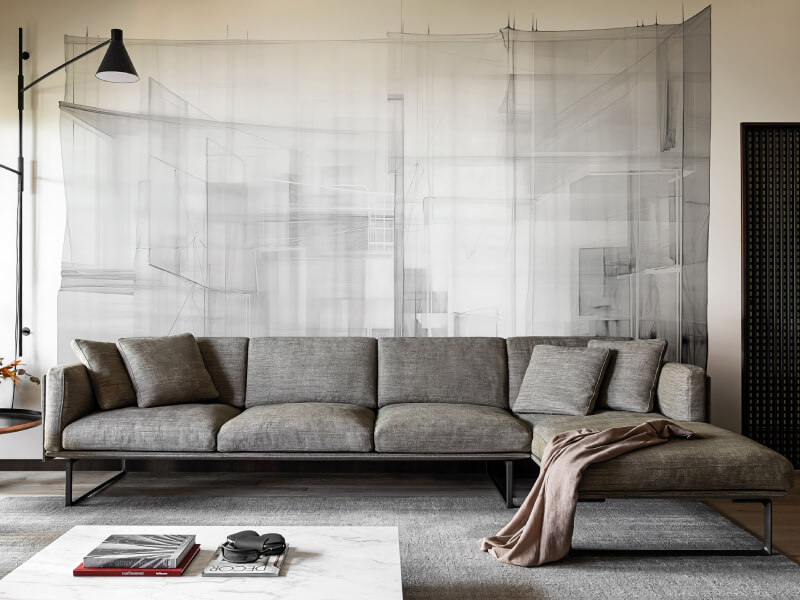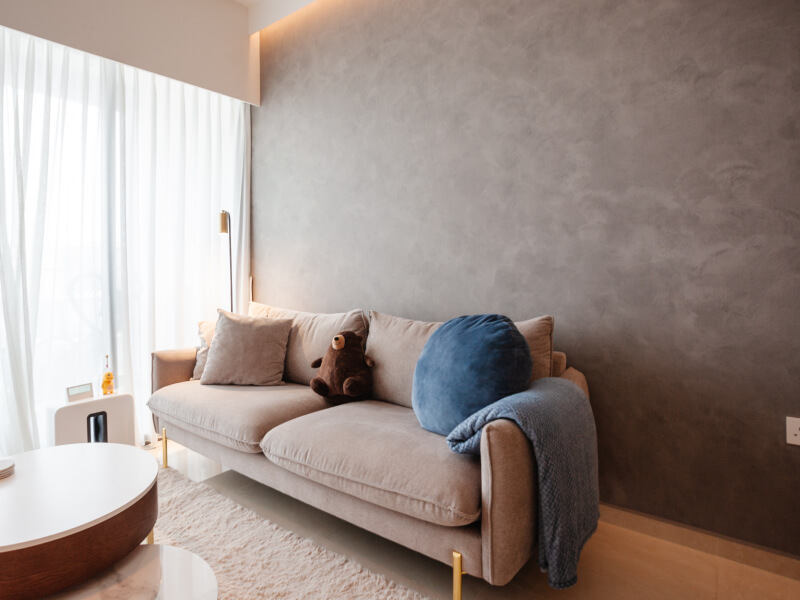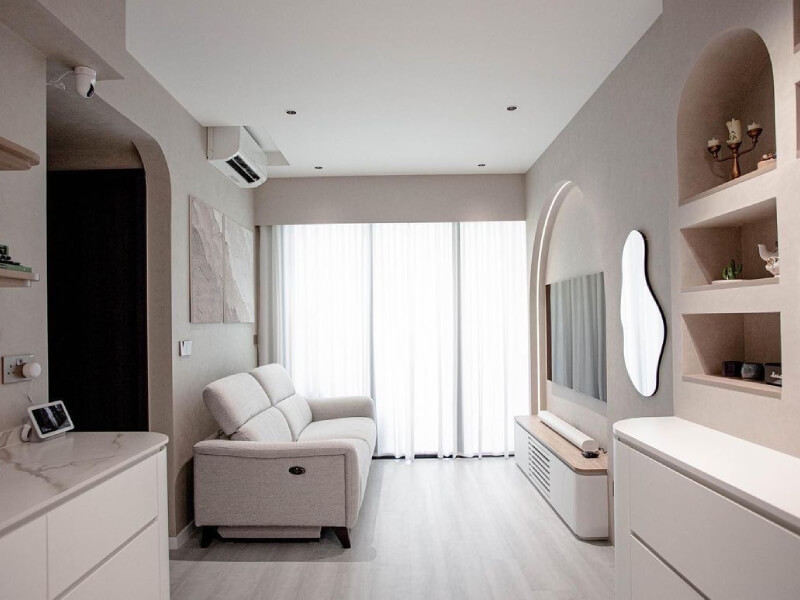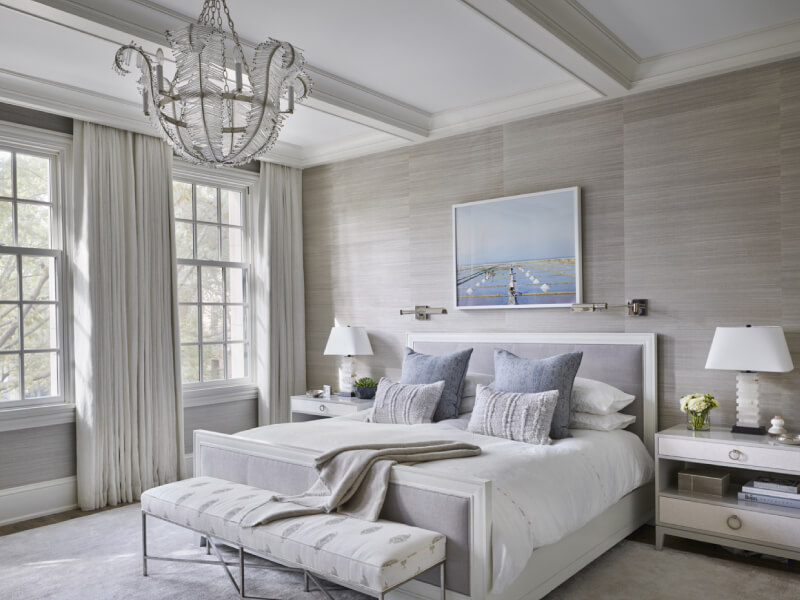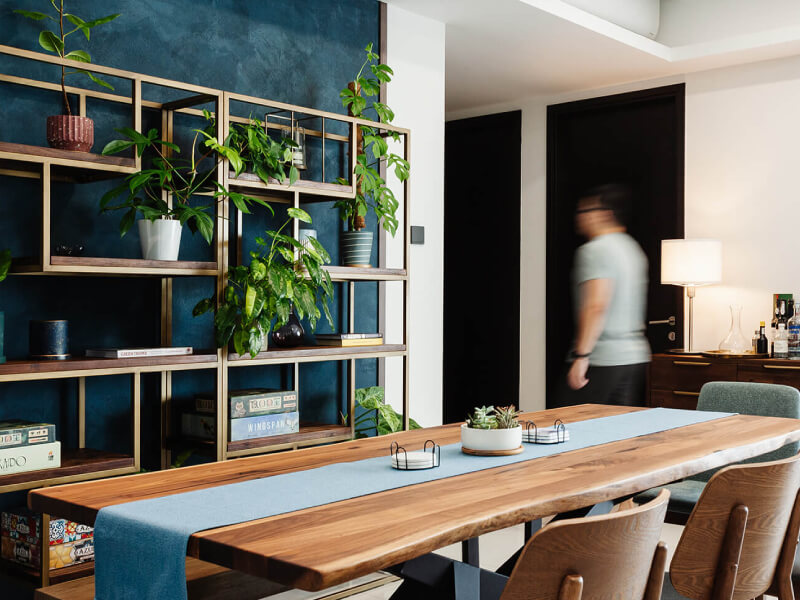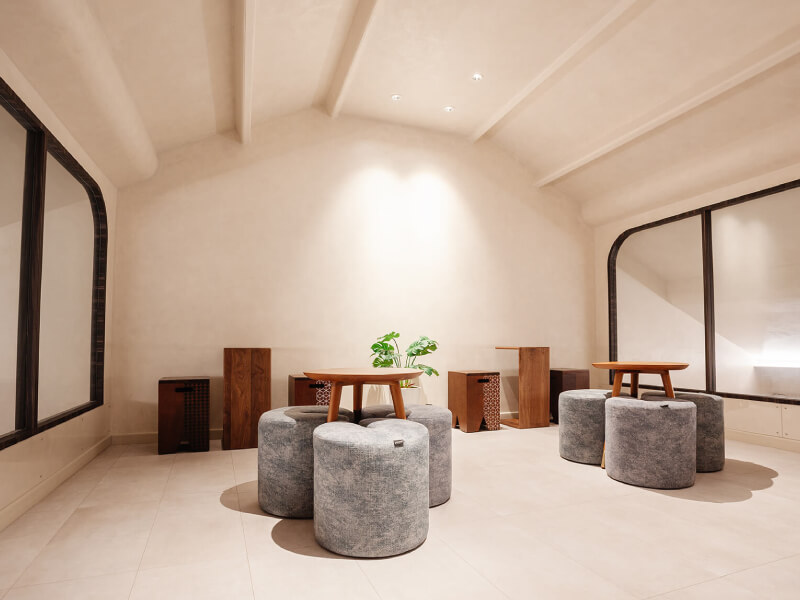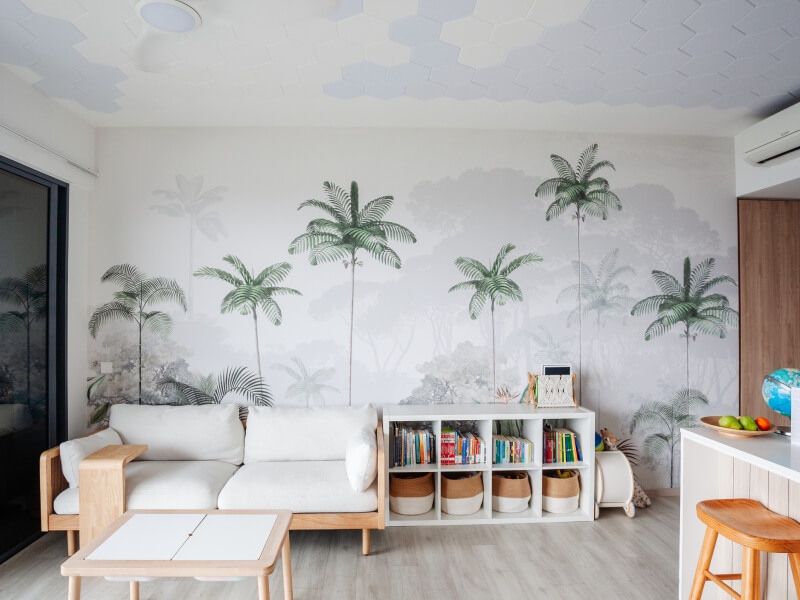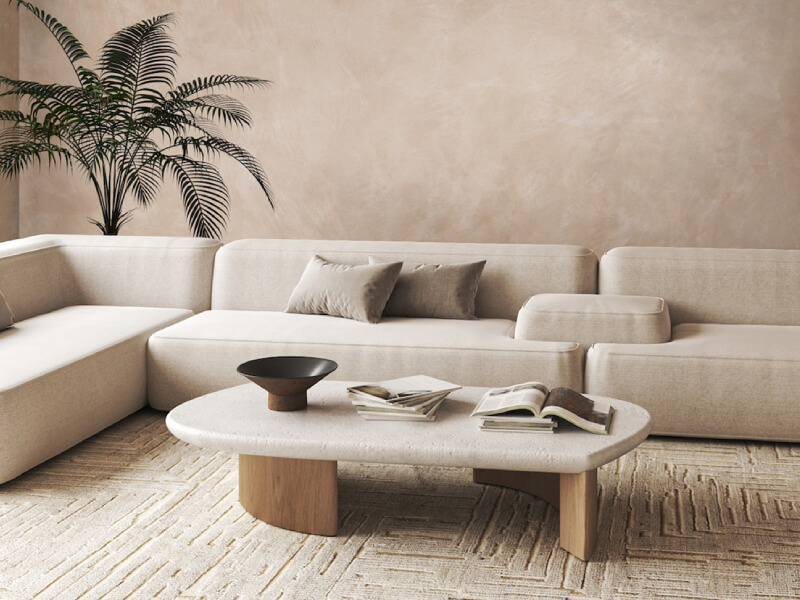Natural lighting is one of the most desirable elements in any space, as it makes a room feel more open, inviting, and vibrant. While large windows and good lighting placement help, an often-overlooked way to enhance natural light is through wallpaper. If you’re looking for wallpaper in Singapore, the right choice can significantly affect how light reflects around the room, making the space feel brighter and more spacious.
Here’s a guide on how to use wallpaper to enhance natural lighting in your room.
1. Choose Light Colours for a Brightening Effect
The colour of your wallpaper plays a crucial role in influencing how light interacts with a room to define spaces. Light-coloured wallpapers tend to reflect more natural light, creating a brighter ambiance. Shades such as white, cream, soft pastels, and light greys are excellent choices for making the most of the available sunlight. These colours reflect light instead of absorbing it, which helps to distribute the sunlight more evenly throughout the room.
For instance, a white or off-white wallpaper with a subtle texture can reflect sunlight effectively, making a small or dim room feel much larger and brighter. You can also use soft pastel colours, such as blush pinks, baby blues, and mint greens, to reflect light while still adding a pop of colour and personality to the room.
2. Use Metallic or Glossy Wallpapers for Reflection
Another effective technique is to choose wallpaper with metallic or glossy finishes. These wallpapers have reflective surfaces that bounce natural light around the room, giving the illusion of more light. Metallic elements in wallpaper—whether it’s silver, gold, copper, or even pearlescent hues—can help in scattering sunlight, making a space feel both brighter and more luxurious.
A silver wallpaper with a subtle sheen can be especially effective in enhancing the amount of light in the room. Similarly, wallpapers with foil finishes or even those featuring mica particles create a luminous effect when hit by natural light, amplifying the brightness in the space.
3. Opt for Patterns with Light Backgrounds
When selecting a patterned wallpaper, it’s essential to ensure the background colour remains light. Patterns themselves can add visual interest, but if they’re too bold or the background is dark, they can make a room feel smaller and darker. By choosing wallpapers with light-coloured backgrounds and delicate patterns, you ensure that the natural light isn’t overwhelmed by heavy designs.
For example, wallpapers with botanical or geometric patterns on a white or cream backdrop will maintain the airy feel of the room while still incorporating design elements. Light florals or minimalistic line drawings are also great options that keep the space feeling open and reflective.
4. Add Dimension with Textured Wallpapers
Textured wallpapers can enhance natural lighting by adding depth and interest to a room without making it feel too heavy. The texture can create a subtle interplay between light and shadow, which adds dimension to your walls. Depending on how light interacts with these textures, it can either soften the room or bring in more warmth, making the space feel cosier and more welcoming.
Textured wallpapers such as linen, grasscloth, or those with embossed patterns are ideal for brightening up a room. Not only do these wallpapers reflect light differently throughout the day, but they also add a tactile experience that can make a room feel more layered and complete.
5. Use Wallpapers with Nature-Inspired Themes
Bringing nature-inspired designs into your home can foster a sense of serenity and openness, which works hand-in-hand with natural light to enhance the overall atmosphere of a room. Wallpapers featuring nature motifs like trees, leaves, or clouds can evoke a sense of the outdoors, making the space feel as though it extends beyond the walls. This feeling of openness can make even smaller rooms seem more expansive.
For example, a wallpaper with soft greenery or pale blue skies can complement the natural light that enters the room, reinforcing a sense of harmony between the indoors and outdoors. The calm and refreshing palette helps amplify the light, making the room feel bright and welcoming.
6. Consider Striped or Vertical Designs
Vertical designs, such as stripes or other upward-reaching patterns, can create the illusion of height, making a room appear taller and more spacious. When paired with natural light, this effect can enhance the feeling of openness, giving the room a lighter and airier quality.
Light-coloured stripes in particular can reflect natural light more effectively than solid blocks of colour. Whether you’re working with bold, wide stripes or more delicate pinstripes, the pattern will draw the eye upward, creating a sense of expansion that naturally complements the brightness of the room.
7. Maximise Light with Strategic Wallpaper Placement
The placement of wallpaper in a room is just as important as the design and colour you choose. If your goal is to enhance natural lighting, consider placing wallpaper on walls that receive the most sunlight. This way, the wallpaper can reflect and diffuse the light throughout the room.
Additionally, you can create a feature wall with reflective or light-coloured wallpaper directly opposite a window. This will help bounce the light back into the room and create a more even distribution of brightness. You can also strategically place mirrors near the wallpaper to double the light-reflecting effect.
8. Complement with Light-Coloured Furniture and Décor
Wallpaper isn’t the only element that influences how light travels in a room. By complementing your wallpaper with light-coloured furniture, curtains, and other décor items, you can further amplify the brightness. Opt for sheer or lightweight curtains that allow sunlight to filter through, and pair them with light furniture to maintain a cohesive look that enhances the overall illumination.
Conclusion
Wallpaper is a powerful tool in shaping how natural light interacts with a room. By choosing light colours, reflective finishes, subtle patterns, and nature-inspired designs, you can make the most of the available light and create a brighter, more inviting space. Additionally, paying attention to wallpaper placement and complementing it with light-coloured furniture and décor ensures that your room feels open, spacious, and filled with natural warmth.
